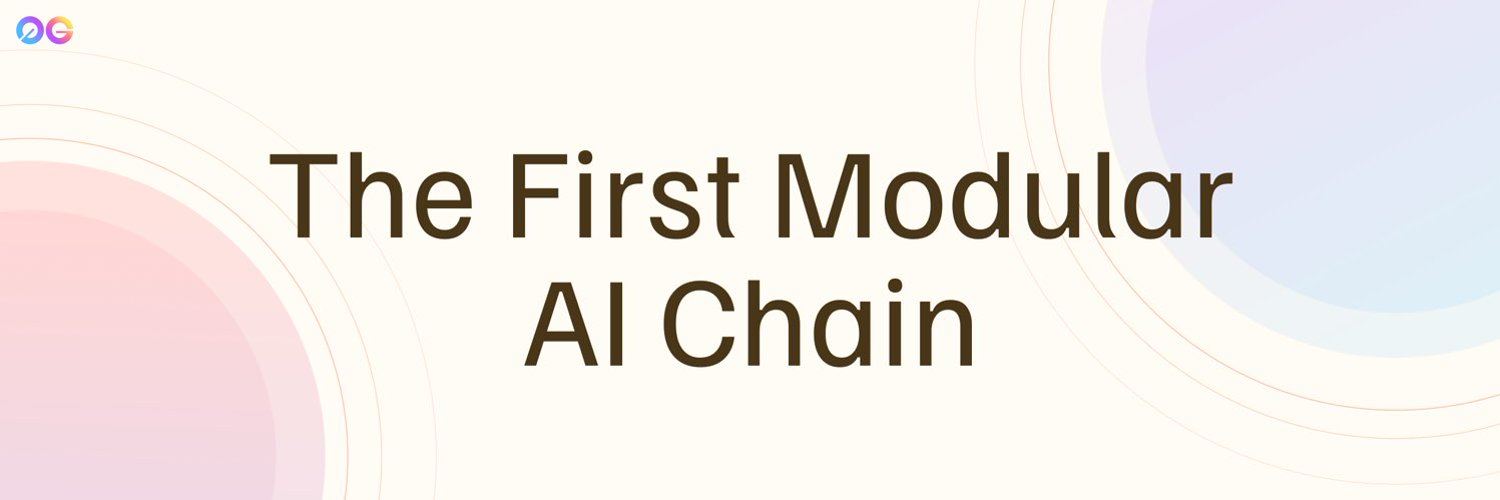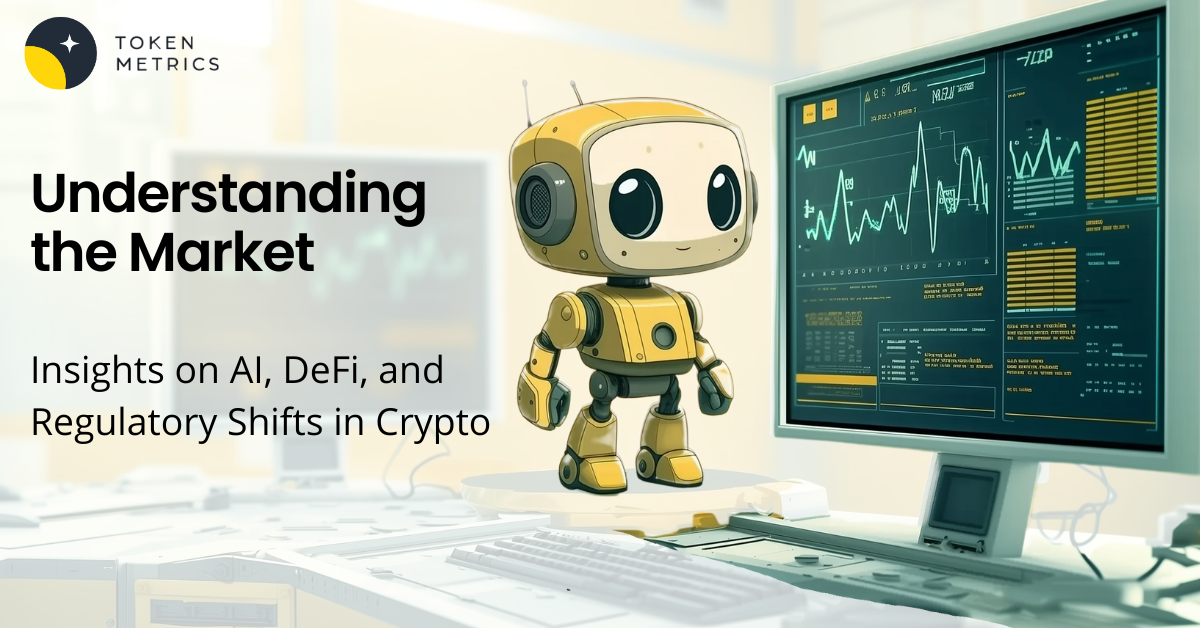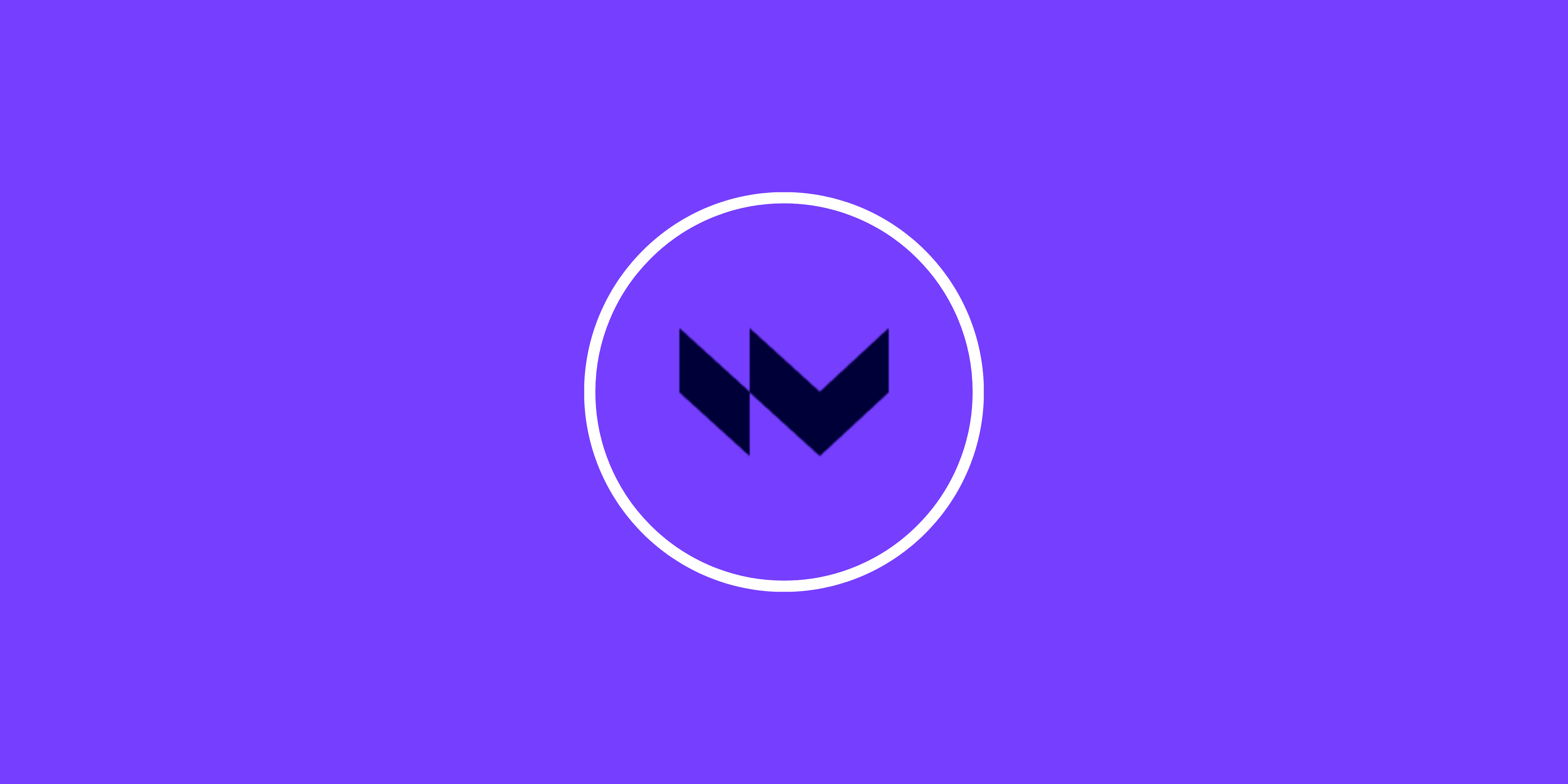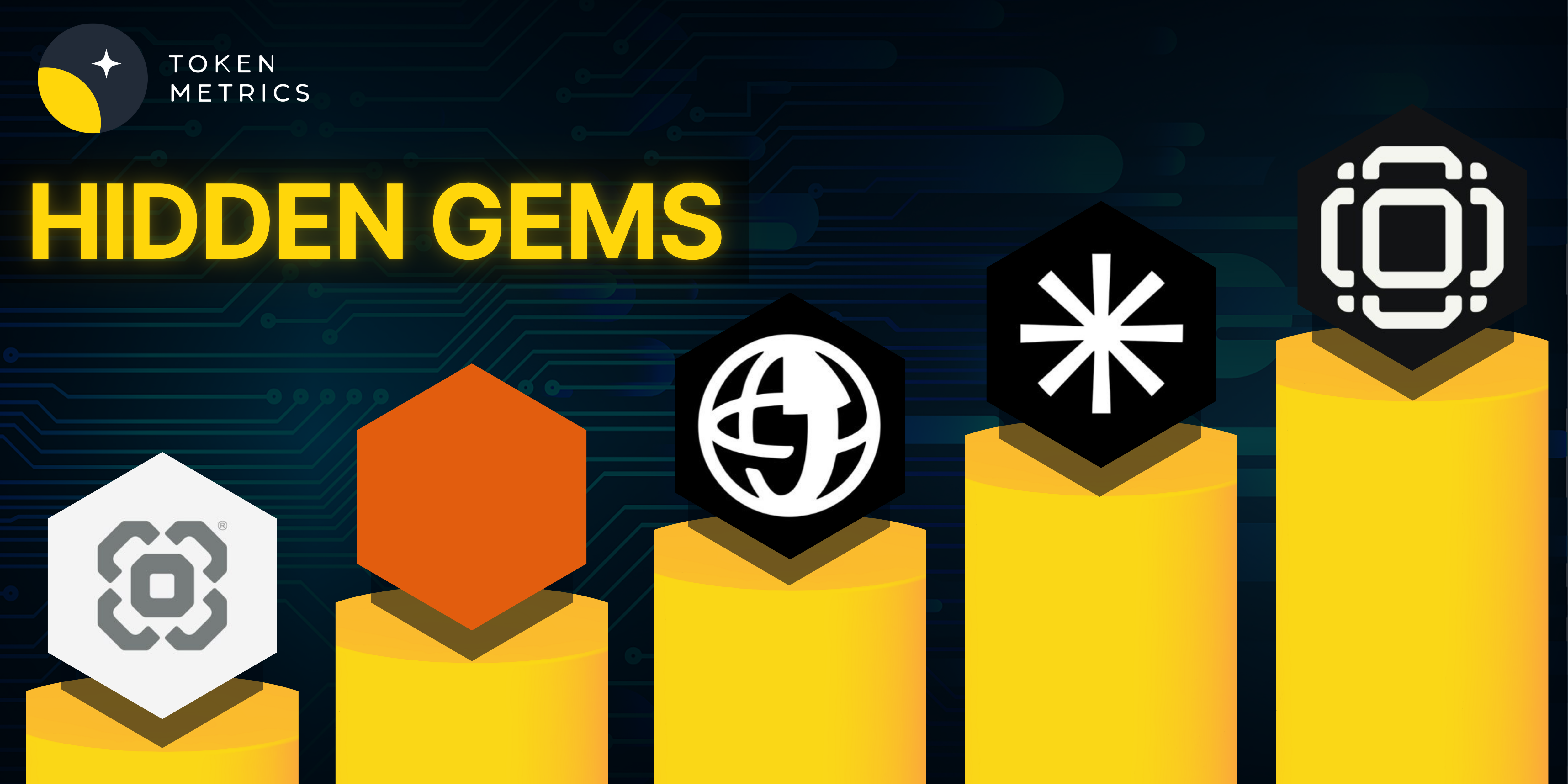Executive Summary

0G (Zero Gravity) is building Data Availability 2.0, which will provide 1000x faster and cheaper on-chain data that is programmable, optimized for AI, and more.
Zero Gravity offers an infinitely scalable and programmable Data Availability (DA) layer achieved through data partitioning. It also allows for the introduction of any number of separate consensus networks through shared staking. 0G is designed explicitly for on-chain Artificial Intelligence (AI) applications, leveraging the infinite scalability of on-chain DA and storage, a capability not achievable with external blockchain solutions.
About the Project
Vision – To become Data Availability 2.0.
Problem – Ethereum serves as a settlement and data availability layer for projects like Layer 2 solutions, but its congestion issues and high fees still need to be solved, despite recent upgrades. Alternative solutions such as Celestia and EigenDA offer more efficient data publication, reducing costs and complementing Ethereum’s future improvements. However, Celestia’s limited throughput of 10 MBps and the need for data to be broadcasted to all consensus nodes pose scalability challenges, especially for data-heavy applications. EigenDA, while scalable, faces bottlenecks due to the requirement for validators to maintain a full Ethereum node and interact with staking contracts. Additionally, its storage layer may not adequately support scenarios like decentralized machine learning that require extensive data-handling capabilities
Solution – 0G’s unique architecture provides the DA infrastructure and data storage solutions necessary to scale the blockchain’s capabilities, enabling a wide range of on-chain use cases, including on-chain AI, data marketplaces, RWA metadata, and more. With a 1,000x performance improvement over Ethereum’s danksharding and a 4x improvement over Solana’s Firedancer, 0G offers the infrastructure needed to scale Web3 globally.
Zero Gravity offers an infinitely scalable and programmable Data Availability (DA) layer through data partitioning and the ability to introduce multiple separate consensus networks via shared staking. Shared staking involves managing 0G consensus networks simultaneously with identical validators who have staked assets on a primary network, likely Ethereum. Any slashable event on a network triggers a slashing on the leading network, and this solution can be integrated with restaking solutions such as EigenLayer.
Zero Gravity Features
- Lightning Speed: Improved performance expands solution possibilities. It achieves on-chain data speeds 1000x faster and is more cost-effective than danksharding.
- Optimized for Onchain AI: It stores extensive inference traces and input data and executes inference requests efficiently.
- Total Customizability: It tailors token mechanics, fields, signatures, storage location, replication, and storage duration and utilizes smart contracts to save and load states across various Layer 1 (L1), Layer 2 (L2), and rollup solutions.
- Embedded Machine Learning: Users can incorporate on-chain models with the necessary data storage and availability to support the computational demands of machine learning applications.
Market Analysis
Blockchain technology has experienced exponential growth since its inception. It is valued at $2.5T, and optimistic forecasts predict further expansion. The “data availability problem” is a challenge encountered in various blockchain scaling strategies. This issue revolves around ensuring that when a new block is produced, all the data within that block is genuinely published to the network. One primary concern is ensuring that summarized data can accurately represent a valid set of transactions without requiring every node to store all historical data. This is a significant problem, and 0G appears to address it.
Competitors – Zero Gravity faces competition from established Data Availability (DA) providers such as Avail and Eigen DA. 0G is developing Data Availability 2.0, offering on-chain data that is 1000x faster and cheaper. This new approach to data availability is programmable, optimized for Artificial Intelligence (AI), and offers additional features.
Investors
Zero Gravity has renowned investors like Hack VC, Bankless, Polygon, Delphi Digital, TRGC, Dao5, Symbolic, BlockChain Builders Fund, Dispersion, Daedalus, Gumi Crypto, and many more venture funds and angel investors.
Team

The founders are accomplished serial entrepreneurs with a track record of building successful unicorn companies—Conflux and Garten—and raising hundreds of millions in revenue. The team boasts 8 Ph. D.s in Computer Science from prestigious programs. They also bring diverse experience from renowned companies such as Microsoft, Apple, Bridgewater, Bain, and Ideo.
Traction
0G recently launched its testnet, and as of now, no user information is available. However, the project has garnered a significant following on social media platforms such as X(Twitter), with 359k followers, and Discord, with 160k members.
Conclusion
0G aspires to revolutionize data availability by introducing Data Availability 2.0, a groundbreaking solution to a significant challenge in the cryptocurrency sphere. This innovative approach holds immense potential, offering unique value propositions that set it apart. The team behind 0G comes from a solid background, bringing experience and expertise to the project. With its ambitious goals and strong team, 0G stands out as a project with great promise and the potential to significantly impact the blockchain industry.
| Fundamental Analysis | |||||
| Assessment | |||||
| Problem | Significant, long-term problem | 3 | |||
| Solution | Distinct, defensible solution | 3 | |||
| Market Size | Large market, significant growth potential | 3 | |||
| Competitors | Emerging market with few strong competitors | 3 | |||
| Unique Value Proposition | Clear differentiation and value for customers | 3 | |||
| Current Traction | No or very limited user engagement | 1 | |||
| Unit Economics | Positive unit economics, with plans for further improvement | 3 | |||
| Tokenomics | No clear token strategy or poorly conceived strategy | 1 | |||
| Product Roadmap | Basic roadmap, lacks detail or innovative features | 2 | |||
| Business Model | Proven business model with clear path to profitability | 3 | |||
| Go-to-Market Strategy | Solid GTM strategy, clear target market and channels | 3 | |||
| Regulatory Risks | Minimal regulatory risk, strong mitigation and adaptability | 4 | |||
| Total | 66.67% | ||||





